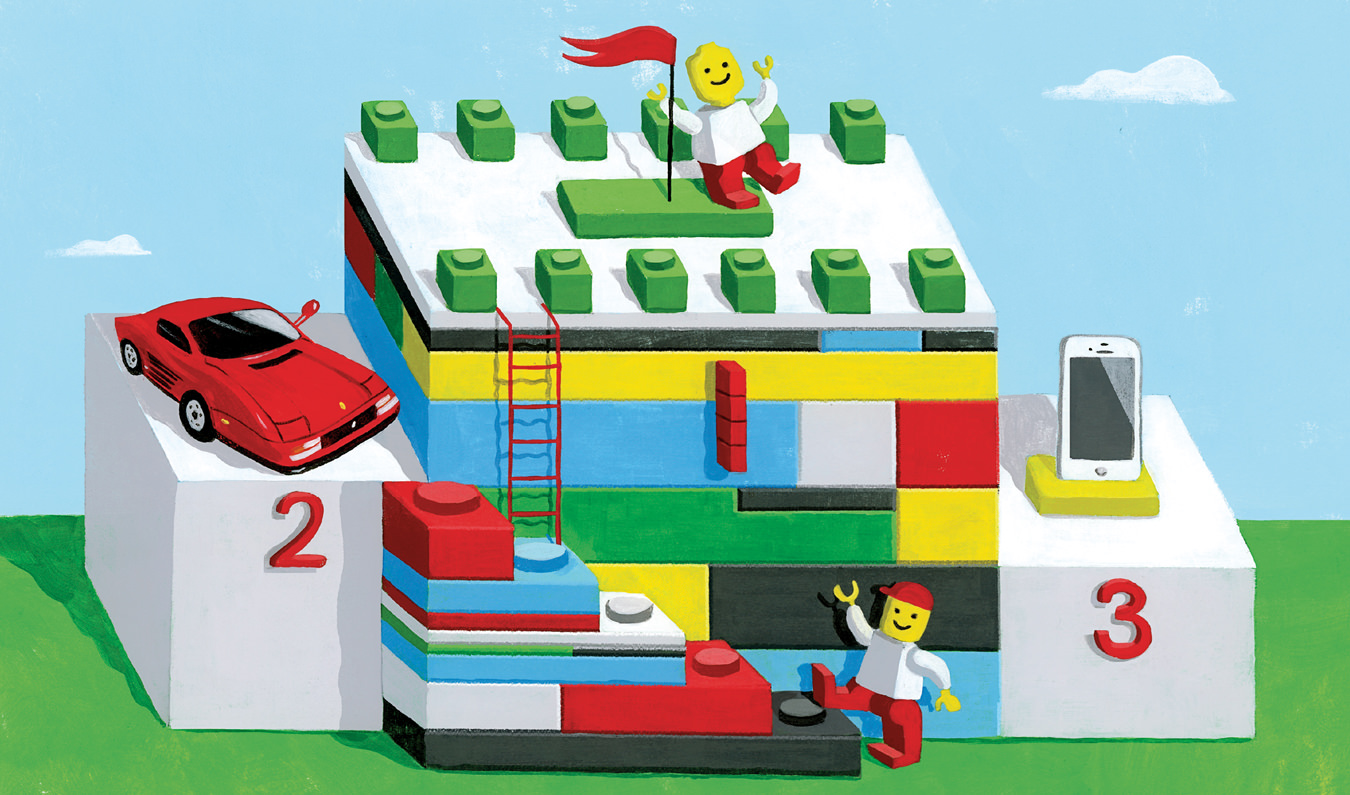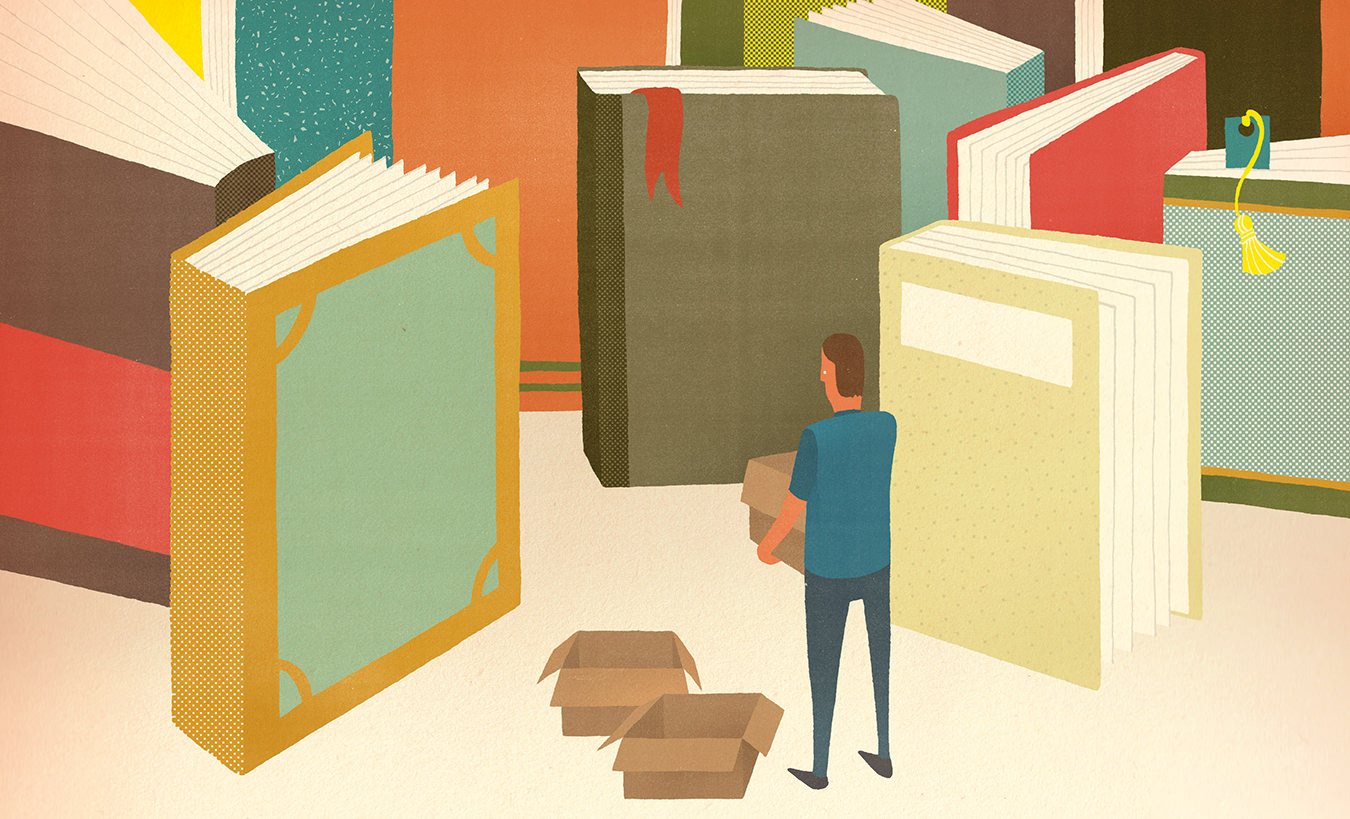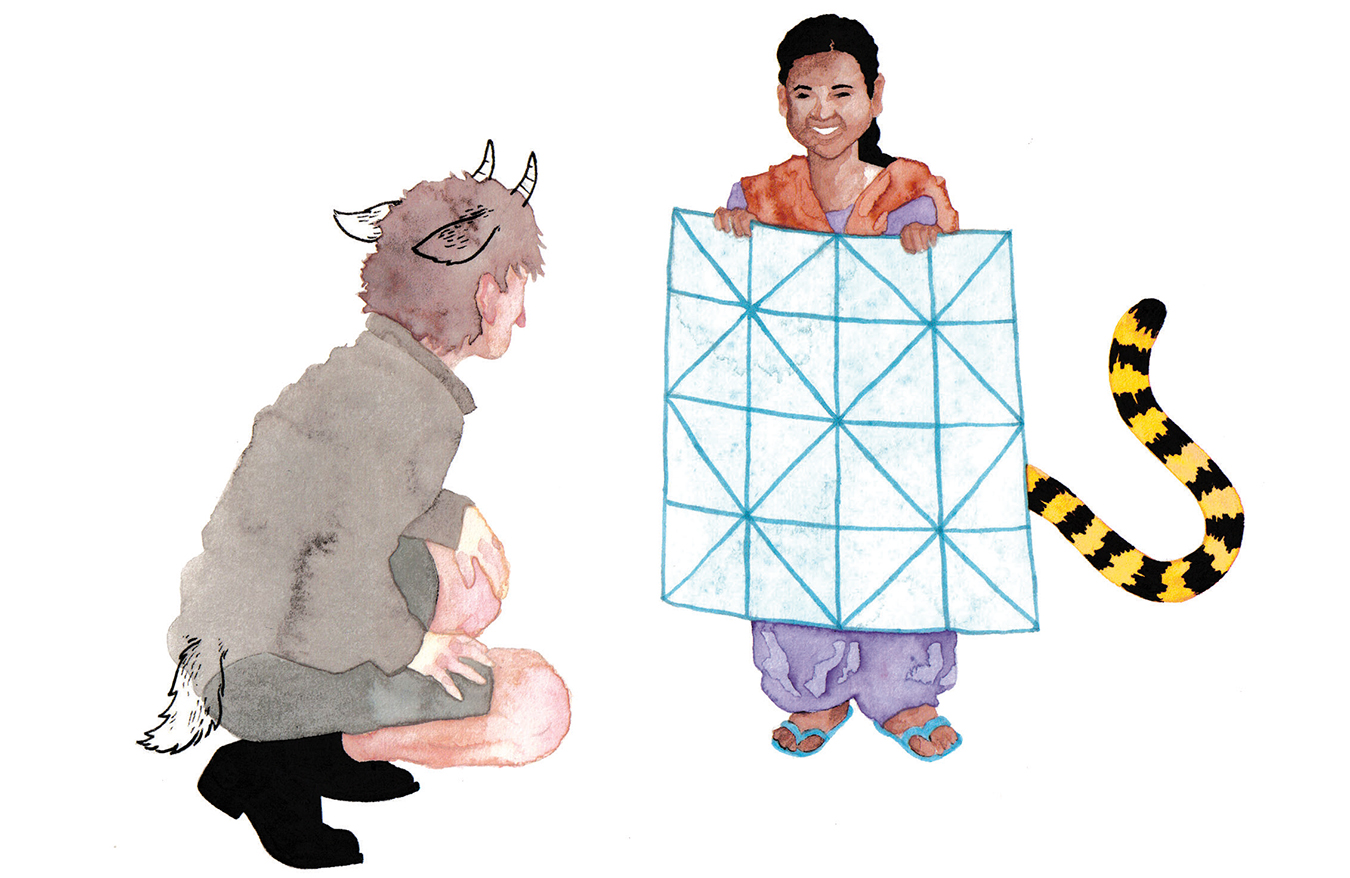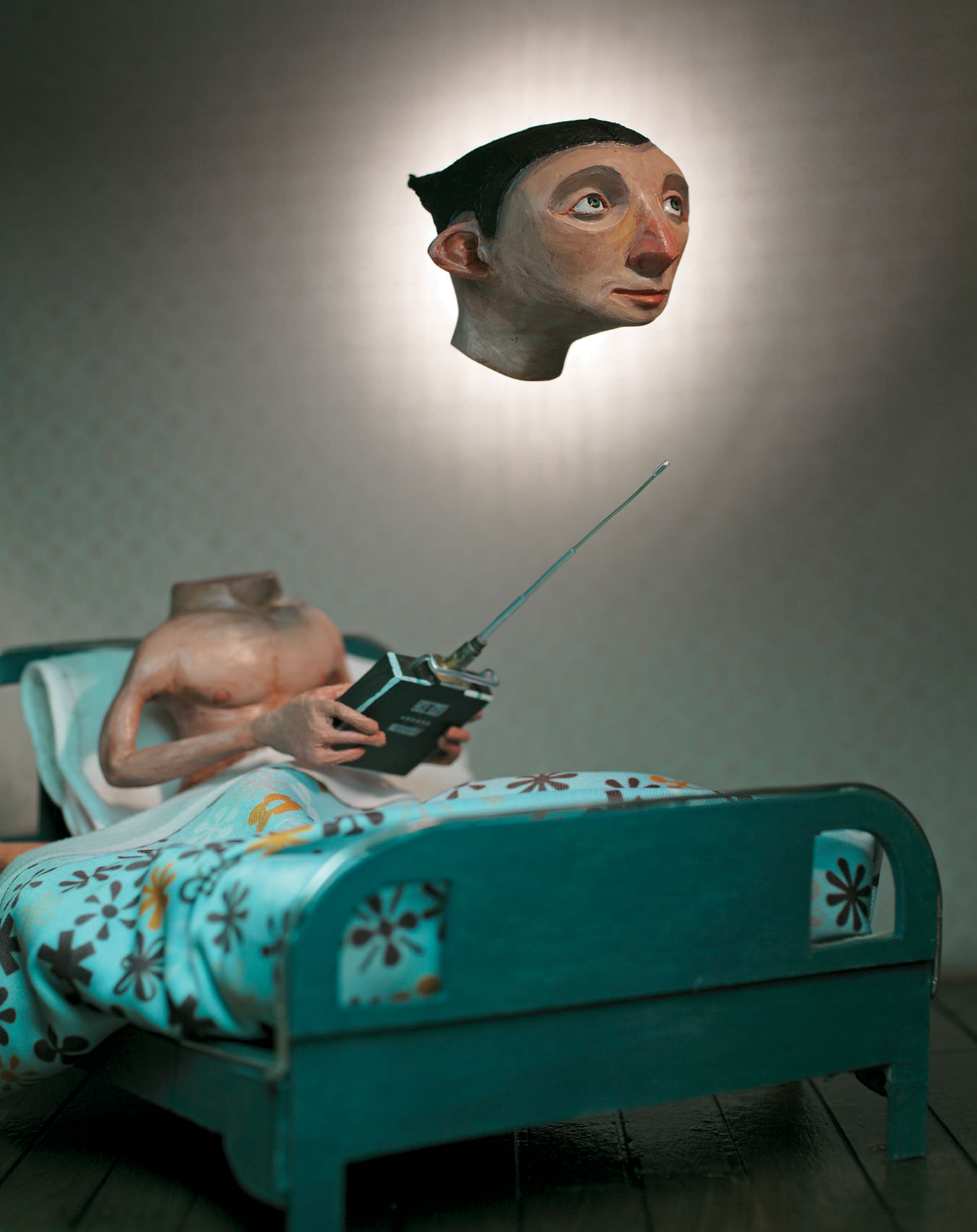Everything Was Awesome
Lego conquers the rec room—and the boardroom.

Down in the basement there’s a box. The box is a bit of a contradiction, made of ordinary cardboard, but filled with the most extraordinary things: houses and castles, cars and trucks, monsters and machines both real and fantastic, all crafted from a wonder-filled geometry of multi-coloured bricks. For those who grew up with it, Lego is more than a toy: it’s a link to the past, a reminder of that special combination of boundless possibility and lightness of spirit that is the best part of being a kid. Everyone in the neighbourhood had at least one set; most had more. And many have kept them, storing them in nondescript boxes before dutifully passing them on to a new generation of rec-room engineers.
As a business, Lego is clearly having a moment. New licensing deals and pop-culture theme sets have put mountains of the stuff in every toy store—in fact, the company estimates some 85 million children played with some form of the toy last year. Meanwhile, adults are re-living their younger days via hobby groups, fan blogs, and an entire subculture that celebrates the geeky fun of playing with a bunch of tiny plastic cubes and rectangles.
All of which has been highly profitable. Last year, the family-owned company (based in Billund, Denmark) booked about 28.6-billion Danish kroner ($5.6-billion Canadian) in revenue, selling about 62 billion “elements” (bricks, sets, figures, et cetera). And it’s not just toys that are raking it in: over the past decade, the company has expanded its stable of theme parks (there are six of them now, with three more in the pipeline), built out a series of best-selling video games, and produced a blockbuster movie, one which needed no epithet other than the definite article to convince moviegoers to shell out almost $500-million.
All powerful stuff. A fact that was more formally recognized by London-based marketing consultancy Brand Finance. Back in February, the company named Lego as the world’s most powerful brand, giving it the top spot formerly occupied by supercar maker Ferrari. Familiarity, loyalty, promotion, staff satisfaction, and corporate reputation—Brand Finance scored Lego high on all measures, noting the direct link between the goodwill built up in the brand and the company’s bottom line.
A funny thing, brand. In this age of promotion, everyone from soda makers to selfie-takers is said to have one. Such ubiquity (and banality) makes it easy to be cynical about brand “power”—to view all brands as bullies, to conclude that the best logo is, in fact, no logo.
Yes, Lego is in the toy business. And make no mistake, business is the operative word. But what it’s really selling is a fantasy: an idea of childhood as an idyllic time of creativity, imagination, and no small amount of happiness. No, not every part of childhood is like that. But so what? A toy that allows kids to build their own playthings, write their own stories, bring their own ideas to life, brick by brick—if this be fantasy, surely it is one worth celebrating.
You’ve kept a box, too—down in the basement, or up in the attic, or maybe just in the back of your mind. Lego is there somewhere, past the soccer games, beside the after-school playdates, behind those lazy Sunday afternoons spent sprawled on the rec-room floor, the carpet full of toys. Back then, everything was awesome. And, for a moment, it still is.




